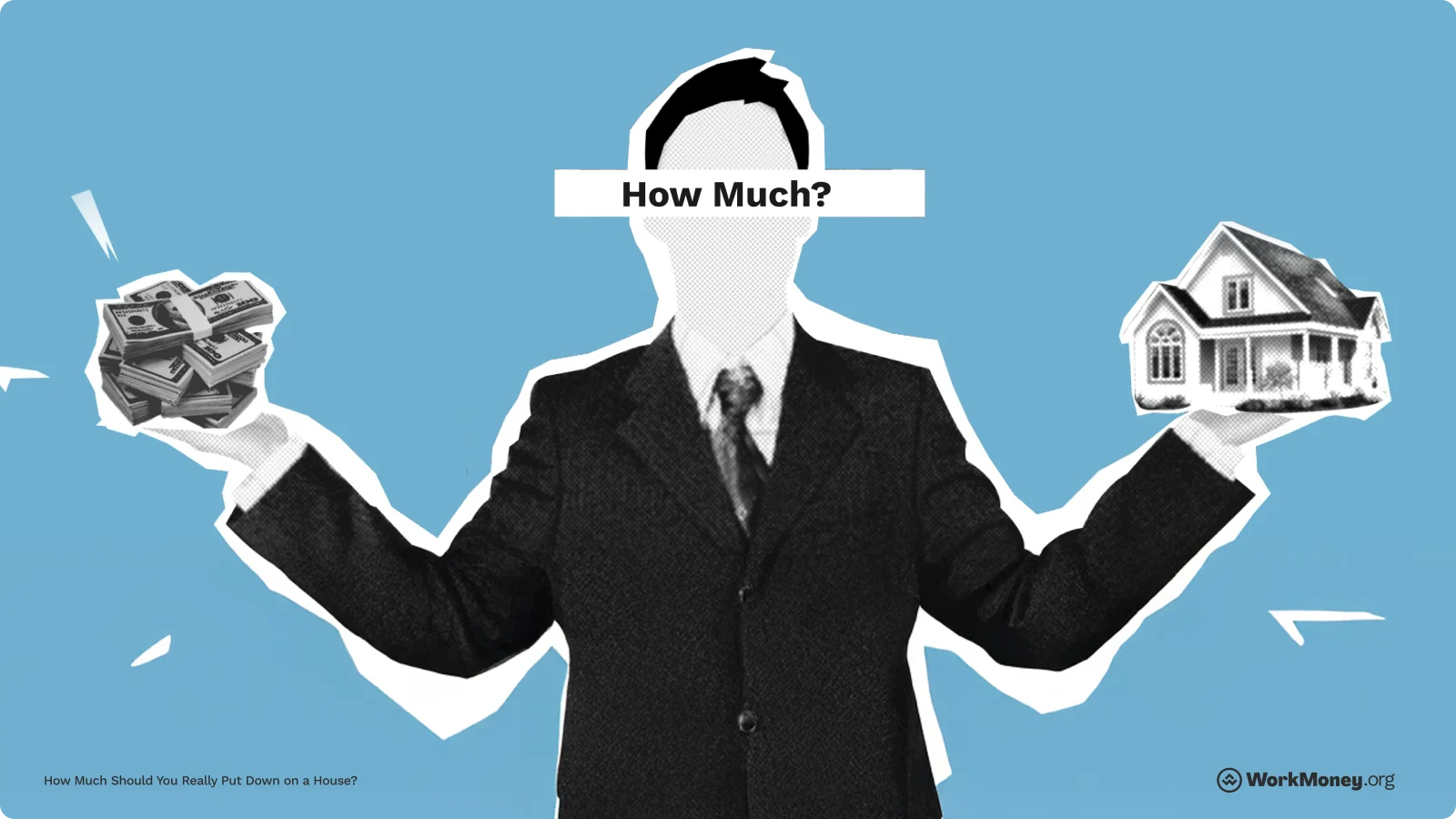How Much Should You Really Put Down on a House?
Understand your options and secure your first home confidently

Buying a home is one of the biggest financial milestones most people will ever reach. Yet, figuring out exactly how much money to put toward a down payment on a house can be confusing. You’ve probably heard “20%” as the gold standard, but there are many paths to homeownership, and some require far less cash upfront.
The WorkMoney team put together this guide, listing out several options along with the pros and cons of different down payment amounts. So you make the best decision for your financial situation, even if you don’t have a big nest egg.
Final Thoughts
You don’t need 20% down to become a homeowner. The right down payment for you depends on your budget, loan type, and goals.
At WorkMoney, we go beyond just loan requirements. We show you how to combine government benefits, partner tools, and everyday budget wins to reach your goal faster—whether you’re aiming for 3%, 20%, or somewhere in between.
The key is finding the balance that keeps you financially secure now and sets you up for success as a homeowner.
About the Author

DeShena Woodard
DeShena Woodard is a Financial Freedom Coach, Certified Life Coach, freelance personal finance writer, and podcast host. Her story, advice, and expertise have been featured in prominent outlets such as CNN Underscored, Business Insider, Yahoo Finance, NerdWallet, and more. Through her platform, Extravagantly Broke, she helps women take control of their finances with simple, stress-free strategies—without sacrificing the joy of everyday life. When she’s not writing or coaching, DeShena enjoys traveling, biking, and spending time with her family.




